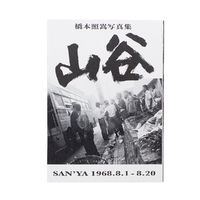橋本照嵩「瞽女」
Shoko Hashimoto was born in the Pacific coastal town of Ishinomaki in 1939, and studied photography in the Photographic Department of the Fine Arts Faculty of Nippon University, graduating in 1963.A close associate of Takuma Nakahira, he joined the young Nakahira in Paris in 1971 for his exhibition in the 7th Paris Biennial. Hashimoto also developed an association with Kazuo Kitai. They worked together at the publisher Nora-sha, publisher of the first editions of Hashimoto's "Goze", Kitai's "Sanrizuka" and Ihei Kimura's "Paris". Hashimoto introduced Kitaito some rural areas of northern Japan, which led ultimately to Kitai's photographic work "To the Villages", for which he was awarded the inaugural Ihei Kimura Award in 1977.
Hashimoto's strongest work is that which has taken him back to the North of Japan - "Goze", "Kitakamigawa" and "Kusamura". Kitakamigawa is a major river that skirts the town of Ishinomaki. Kusamura is the word used to describe a dense clump of vegetation.
From the late 1960s Hashimoto started photographing the "Goze". Goze were the itinerant blind musicians that traveled the rural byways of Japan, playing the shamisen and singing traditional songs.
The Goze were a dying profession even by the 1960s, and many photographers tried to follow them, but were repeatedly rebuffed. Hashimoto must have shown particular resilience to rejection, as well as being of sufficiently good character that, after many attempts, he succeeded in persuading two Goze to come out of retirement and to allow him to follow them on their perambulations. The young Hashimoto in fact made himself useful by scurrying around behind the farm houses to find the farmers and their families in the fields, who were delighted to come round to the front of the houses to hear the songs of the Goze.
Blindness was more common in those days, often caused by measles. Although nowadays a disease that many children catch once, or are inoculated against, in those days there was a risk that children were misdiagnosed, or not seen by the doctor early enough, and often were simply inaccessible to a doctor in the bitterly cold Tohoku winters. Whatever the reason, the young girls who had lost their sight were faced with a limited choice of career, which might include being a medium or a Goze.
The Goze were often paid in rice. With little spare cash the farmers had readier access to rice. The Goze would then take their earnings to the rice merchant to exchange for cash.
During the period 1972-74 Hashimoto made numerous visits to the north to follow the Goze, and was therefore able to record their life and the life of rural Japan throughout the four seasons. He kept a diary of the visits, and part of this is available for inspection during the exhibition.
Although twice nominated for the prestigious Ihei Kimura award, for "Goze" and "Kusamura", Hashimoto has not yet received the acclaim of some of his contemporaries, such as Nakahira and Kitai. He worked as a commercial photographer, and teacher of photography in schools. He was teacher in several schools in the tsunami region of Ishinomaki, and lost many students in that tragedy.
We would like to thank Kazuo Kitai for helping bring Shoko Hashimoto's work back to our attention after many years fo neglect, and we hope that many people will now be able to appreciate this precious record of a lost way of life and a largely forgotten time in Japan. This exhibition is, remarkably, the first solo exhibition of the "Goze" photographs.
"Goze" Exhibition of photographs by Shoko Hashimoto at Zen Foto Gallery, Roppongi, Tokyo
19th~30th March 2013.
ーMark Pearson (Zen Foto Gallery)
-
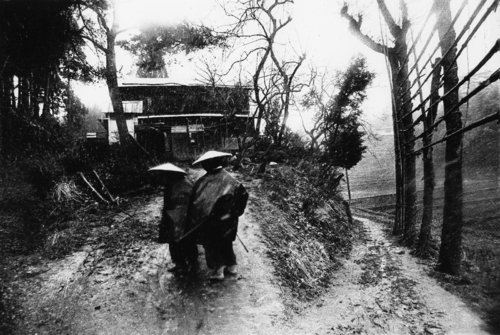 Goze, Silver Gelatin Print, 1972-74 © Shoko Hashimoto
Goze, Silver Gelatin Print, 1972-74 © Shoko Hashimoto -
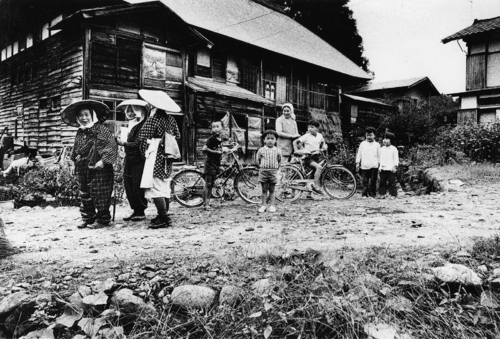 Goze, Silver Gelatin Print, 1972-74 © Shoko Hashimoto
Goze, Silver Gelatin Print, 1972-74 © Shoko Hashimoto -
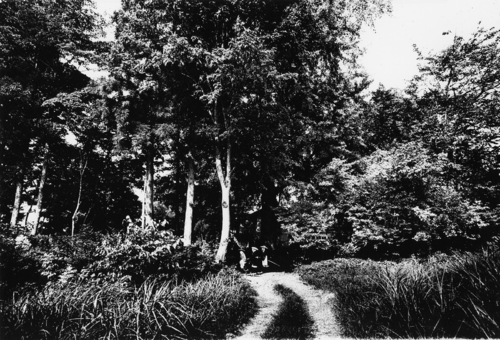 Goze, Silver Gelatin Print, 1972-74 © Shoko Hashimoto
Goze, Silver Gelatin Print, 1972-74 © Shoko Hashimoto -
 Goze, Silver Gelatin Print, 1972-74 © Shoko Hashimoto
Goze, Silver Gelatin Print, 1972-74 © Shoko Hashimoto -
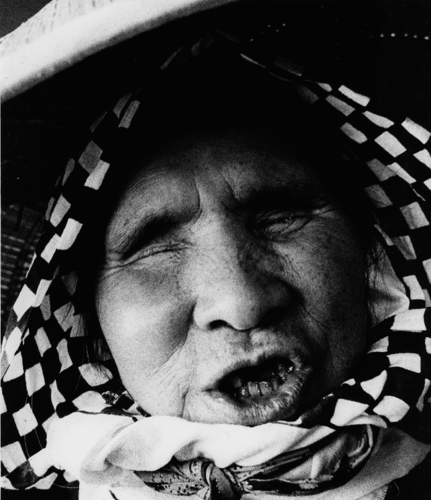 Goze, Silver Gelatin Print, 1972-74 © Shoko Hashimoto
Goze, Silver Gelatin Print, 1972-74 © Shoko Hashimoto


